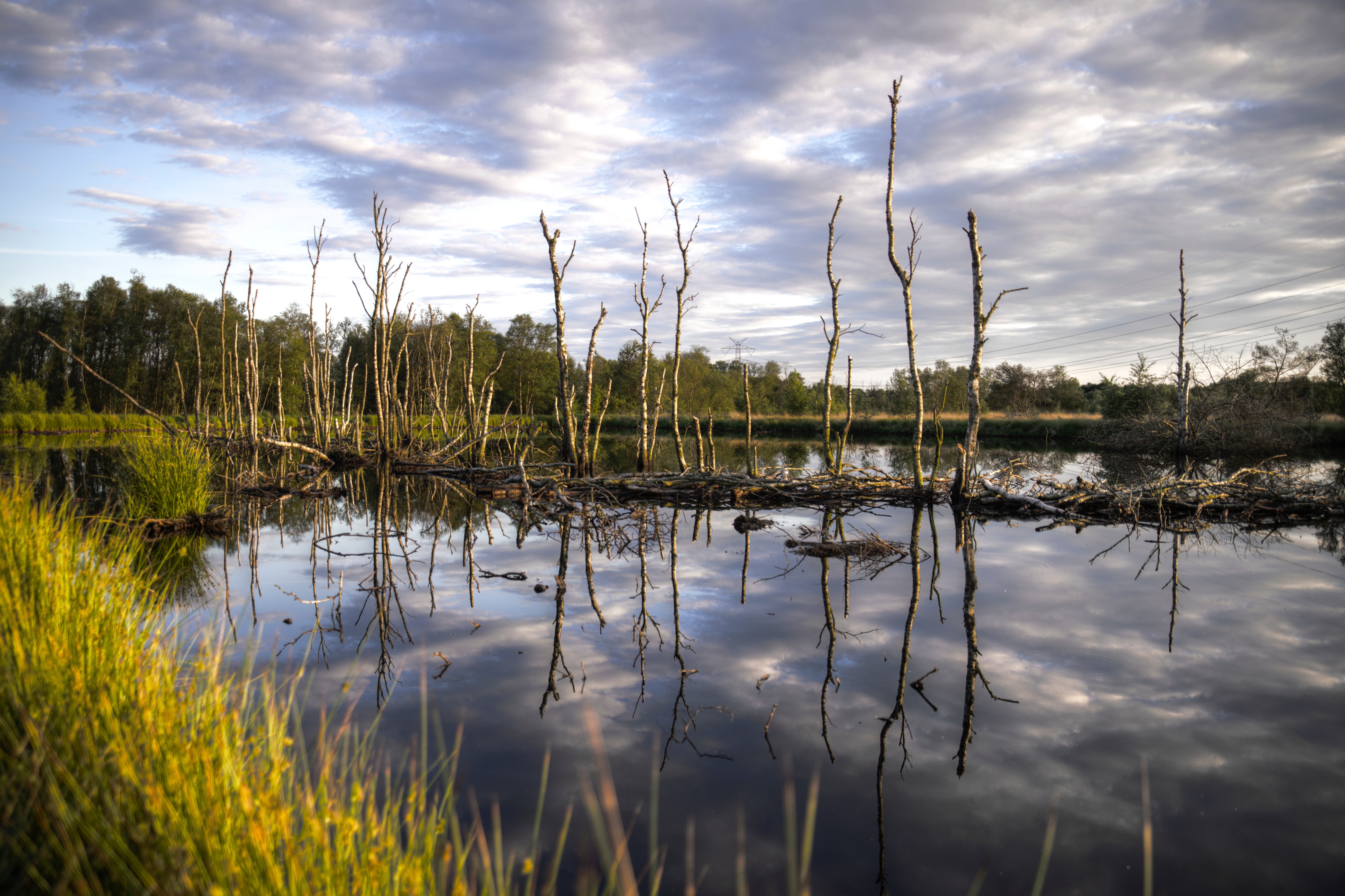Congratulations to two new CZ synthesis efforts that will begin their work in 2023 supported by the Critical Zone Network Hub. Hosted by the John Wesley Powell Center for Analysis and Synthesis, each brings collaborative interdisciplinary teams together to address topics critical to better understanding of the critical zone.
Matthias Sprenger (LBNL), Pamela Sullivan (OSU), John Nimmo (USGS), and Tianfan Xu (ASU) will lead the effort “Using a network of networks for high-frequency multi-depth soil moisture observations to infer spatial and temporal drivers of subsurface preferential flow.”
Summary:
Subsurface preferential flow (PF = water bypassing the soil matrix)
provides rapid flowpaths for water and any substances transported with
it, thereby profoundly impacting the recharge of aquifers, the spreading
of contaminants, the health of the soil, and the functioning of
ecosystems. It involves a complexity of processes that are poorly
understood to the degree that current science provides no reliable way
to predict its occurrence and magnitude. This effort will address the
fundamental question of where and when PF occurs, taking advantage of
two recent scientific developments: availability of high frequency (at
least every 30 minutes), multi-depth soil moisture data suitable to
detect preferential flow events across diverse meteorological conditions
and a range of landscapes; and advances in artificial intelligence and
machine learning (AI/ML). Outcomes from this synthesis will include: (1)
a global database of harmonized high-frequency soil moisture and
associated properties ready for AI applications, (2) AI/ML models that
embody the control exerted on PF by weather and land characteristics,
(3) a means to predict how the occurrence of PF will change with
increased rainfall intensity and drought, and (4) approaches by which
complex PF process can be represented in Earth System Models. The
database and findings from this synthesis will enable further global
analyses of various hydrological processes (e.g., streamflow) and serve
as a benchmark data set for model development in Earth Science
propelling the progress of hydrological modeling on various scales.
Gabriel Senay (USGS), Joshua B. Fisher (Chapman University), Kosana Suvočarev (UC-Davis), Lixin Wang (Indiana University-Purdue University Indianapolis) will convene a group leading “Towards an integrated understanding of terrestrial evapotranspiration.”
Summary: Terrestrial evapotranspiration (ET), the second-largest component of the terrestrial water cycle, links water, energy, and carbon cycles and influences the productivity and health of our ecosystems. Despite the importance of ET, the dynamics of ET across a spectrum of spatiotemporal scale and their controls are uncertain. During an international ET workshop held in November 2021 by AmeriFlux, the scientific community identified key challenges to improve our understanding of ET dynamics. Participants underscored the need for an integrated understanding of ET across the different research disciplines: in-situ measurements, remote sensing, and modeling. Here, we propose the synthesis of the three research areas to advance the current state of ET science. Through the proposed synthesis activities, we aim to link the different perspectives on ET research that have mostly been covered separately. Ultimately, we expect to build a stronger cross-disciplinary network of ET scientists and facilitate more integrated ET knowledge in the future.

 CZNet Coordinating Hub
CZNet Coordinating Hub